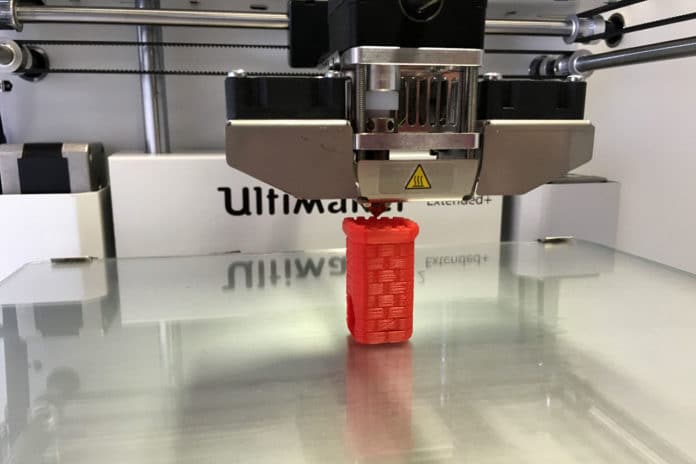Nowadays, 3D printing technology has been used in different sectors at large scale. This 3D printing can make anything you want. It is nothing but an extra manufacturing process of constructing three-dimensional solid objects from a digital file. In this process, an object is created by laying down successive layers of material until the object is created.
In today’s life, 3D printers can print anything like an electric supercar, edible food, Micro-needle, thermometer, shoes, and human skin.
In a recent article, you get familiar with Olli: a 3D printed autonomous minibus. It is a 3D-printed minibus capable of carrying 12 people at a time. This minibus was developed on demand for public transportation solutions. Passengers can call it through their mobile app. It has a system for driving. Its interface allows passengers to communicate with it. But it’s being tough for printing hair, fur, and other dense arrays of extremely fine features by using this technology.
MIT (Massachusetts Institute of Technology) scientists have developed a new method to bypass a major design step in 3-D printing. They have developed a new software platform called Cilllia. This software can quickly and effectively model and print thousands of hair-like structures. This is a function that usually takes a large amount of computational time. It takes to power through common software.
Cilllia is developed to draw thousands of exclusive hairs on a computer rather than using conventional computer-aided design (CAD) software. The researchers designed arrays of hair-like structures with a resolution of 50 microns, by using Cilllia. This is similar to the width of human hair.
It allows users to specify the angle, thickness, density, and height of thousands of hairs, within a few minutes. This new technology can be used to print wigs and hair enlargement.
The researcher said, “Adding 3-D-printed hair could also perform useful tasks such as sensing, adhesion, and actuation. The work is inspired by hair-like structures in nature, which provide benefits such as warmth, in the case of human hair, and movement, in the case of cilia, which help remove dust from the lungs.”
How does Cilllia work?
The team manufactures a weight-sorting table to see whether 3D-printed hair can help activate, or move objects. That table was made from printed hair panels with certain angles and heights. The hairs were able to move coins beyond the table, like a small vibration source to disturb the panels. Based on coins’ weight and the vibration frequency, it sorts them.
Jifei Ou, study lead author said, “We’re just trying to think how we can fully utilize the potential of 3-D printing, and create new functional materials whose properties are easily tunable and controllable.”
